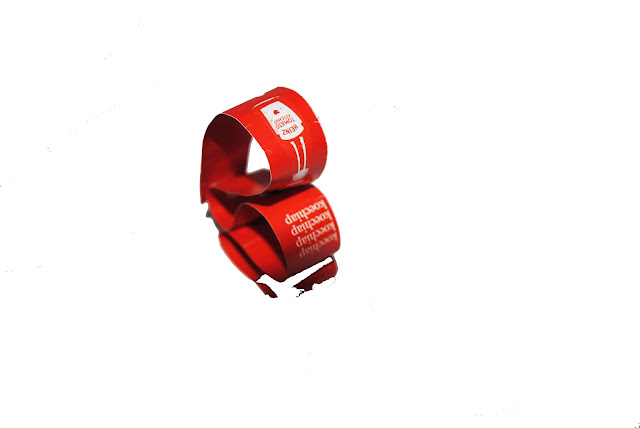Word chosen to research - Ketchup
Ketchup is identified as belonging to British and American culture, however from research it was found that ketchup originates from China in the 17th century as a sauce of picked fish and spices. It was first known in Chinese as kôe-chiap or kê-chiap. Its popularity then spread to Singapore and Malaysia, where it became called “kay-chap”. It was then encountered by British explorers and was interpreted from Kay-Chap to Ketchup. It wasn’t until the 19th century that tomato ketchup was invented and now today More than 650 million bottles of ketchup are sold every year throughout the world.
Initial Typography Experiments -
An experiment involved using actual ketchup to created type and also other red liquids. This was done in order to grasp the texture and character the word suggested.
2) Using Serif typefaces for the origin
‘Koechiap’ was the original and initial spelling and pronunciation of ‘ketchup’. Using a strong, serif, classic typeface was a decision made based on reflecting the archaic qualities the word portrayed. Georgia was used as it appears traditional but not old fashioned. The importance of it not appearing old-fashioned was that this was not what I wished to be communicated, I wanted it to show a strong clear word that exists as the core to the word we use today
How language fades - Showing the transition.
‘Kay-Chap’ was the middle word between ‘Koechiap’ and ‘Ketchup’. Kay-Chap was presented with fading typography, attempting to show a transition. Experiments involving creating movement through adjusting the opaqueness occurred at this stage.
How common the modern word is used today
Different words were repeated different amounts on the paper in order to reflect how common these words are used. Ketchup having the most and ‘Koechiap’ the least, this illustrates how when the word was westernised it became more popular.
Photographs of final outcome





























No comments:
Post a Comment